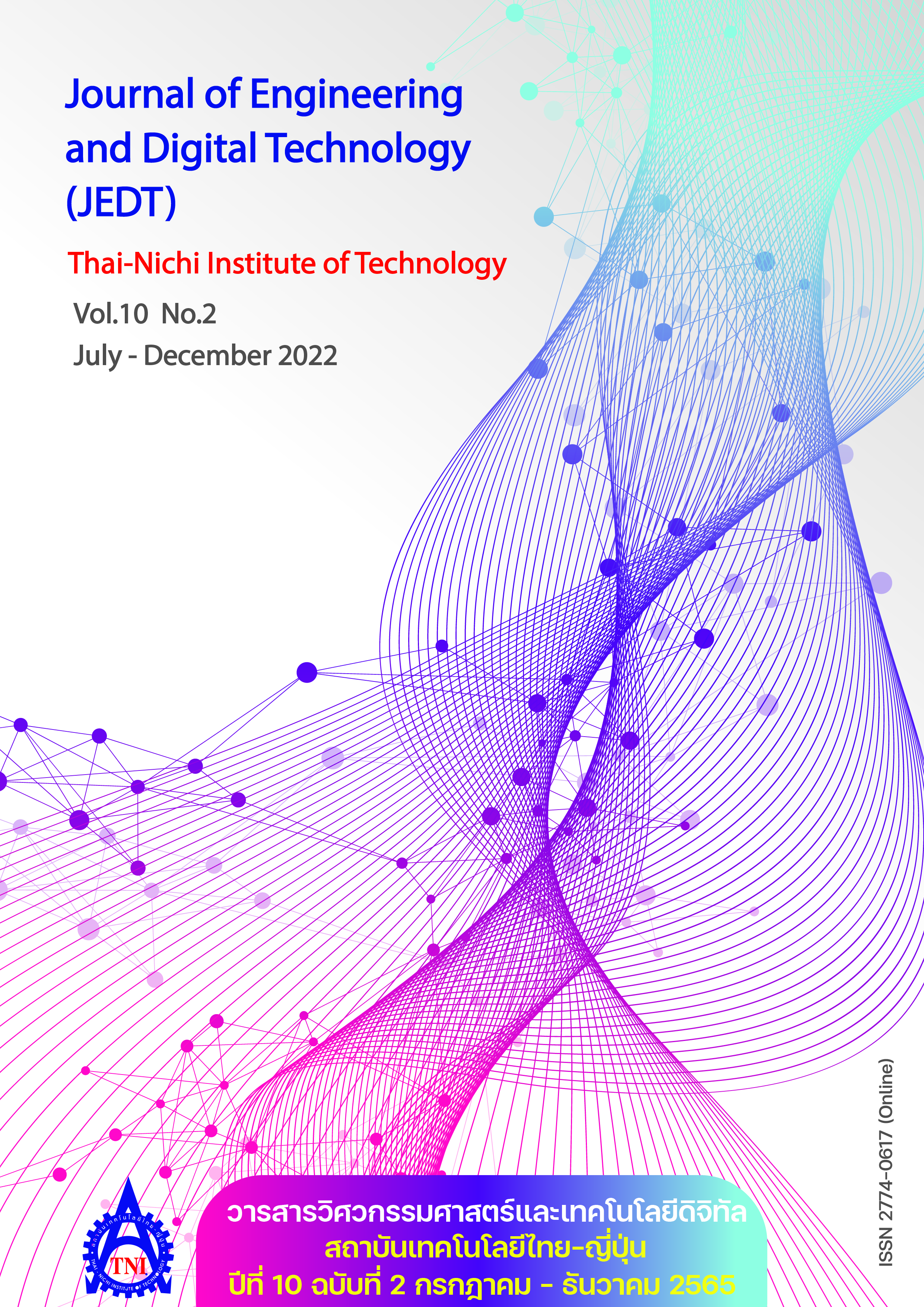Performance Evaluation of Modified Tree Algorithm for Supporting Traffic with Different Priority Requirements
Main Article Content
Abstract
In this paper, we are introducing 3 new algorithms that take high-priority services into account for more delay-sensitive multimedia traffic, namely, CFS, DAP type 1 and DAP type 2 algorithms, an extension of Binary tree algorithm. The CFS algorithm can be derived from Binary tree algorithm by setting the access probability of the first slot for class 1 users equal to 1. DAP type 1 algorithm can be obtained from Binary tree algorithm by adjusting the access probability of the first slot for class 1 users to the desired value. DAP type 2 algorithm can be derived from either Binary tree and DAP type 1 algorithm by adjusting the access probability of the first slot for class 1 users and the access probability of the first slot for class 2 users to the desired values. The goal is to make each type of traffic compliant with QoS requirements. The simulation results show that DAP type 2 algorithm has more feasible QoS indexes than the CFS and DAP type 1 algorithms. So it is more efficient and flexible to adjust system parameters to meet QoS requirements than CFS and DAP type 1 algorithm. In addition, we can conclude that the access probability of the first slot for class 1 users and class 2 users are the important parameters that must be set properly. So that the system can control QoS and still maintain high delay performance.
Article Details

This work is licensed under a Creative Commons Attribution-NonCommercial-NoDerivatives 4.0 International License.
Article Accepting Policy
The editorial board of Thai-Nichi Institute of Technology is pleased to receive articles from lecturers and experts in the fields of engineering and technology written in Thai or English. The academic work submitted for publication must not be published in any other publication before and must not be under consideration of other journal submissions. Therefore, those interested in participating in the dissemination of work and knowledge can submit their article to the editorial board for further submission to the screening committee to consider publishing in the journal. The articles that can be published include solely research articles. Interested persons can prepare their articles by reviewing recommendations for article authors.
Copyright infringement is solely the responsibility of the author(s) of the article. Articles that have been published must be screened and reviewed for quality from qualified experts approved by the editorial board.
The text that appears within each article published in this research journal is a personal opinion of each author, nothing related to Thai-Nichi Institute of Technology, and other faculty members in the institution in any way. Responsibilities and accuracy for the content of each article are owned by each author. If there is any mistake, each author will be responsible for his/her own article(s).
The editorial board reserves the right not to bring any content, views or comments of articles in the Journal of Thai-Nichi Institute of Technology to publish before receiving permission from the authorized author(s) in writing. The published work is the copyright of the Journal of Thai-Nichi Institute of Technology.
References
G. Auer, S. Videv, B. Ghimire, and H. Haas, “Contention free inter-cellular slot reservation,” IEEE Commun. Lett., vol. 13, no. 5, pp. 318–320, May 2009.
W. H. A. Yuen and W. S. Wong, “A contention-free mobility management scheme based on probabilistic paging,” IEEE Trans. Veh. Technol., vol. 50, no. 1, pp. 48–58, Jan. 2001.
Z. H. Wei, B. J. Hu, E. J. Xia, and S. H. Lu, “A contention-free reporting scheme based MAC protocol for cooperative spectrum sensing in cognitive radio networks,” IEEE Access, vol. 6, pp. 38851–38859, Jul. 2018.
Y. P. Fallah, F. Agharebparast, M. R. Minhas, H. M. Alnuweiri, and V. C. M. Leung, “Analytical modeling of contention-based bandwidth request mechanism in IEEE 802.16 wireless networks,” IEEE Trans. Veh. Technol., vol. 57, no. 5, pp. 3094–3107, Sep. 2008.
M. Rasheed, I. U. Din, M. Adnan, A. Tariq, S. Malik, and I. Syed, “ECM-MAC: An efficient collision mitigation strategy in contention based MAC protocol,” IEEE Access, vol. 9, pp. 62880–62889, Apr. 2021.
T. Zhang and Q. Zhu, “EVC-TDMA: An enhanced TDMA based cooperative MAC protocol for vehicular networks,” J. Commun. Netw., vol. 22, no. 4, pp. 316–325, Aug. 2020.
V. Sevani, B. Raman, and P. Joshi, “Implementation-based evaluation of a full-fledged multihop TDMA-MAC for WiFi mesh networks,” IEEE Trans. Mob. Comput., vol. 13, no. 2, pp. 392–406, Feb. 2014.
H. Nam, “Interpolation-based SC-FDMA transmitter with localized resource allocation,” IEEE Commun. Lett., vol. 14, no. 10, pp. 948–950, Oct. 2010.
Y. Liu, G. Y. Li, Z. Tan, and H. Hu, “Noise power estimation in SC-FDMA systems,” IEEE Wirel. Commun. Lett., vol. 4, no. 2, pp. 217–220, Apr. 2015.
B. Zhi, W. Sainan, and H. Yigang, “A novel anti-collision algorithm in RFID for internet of things,” IEEE Access, vol. 6, pp. 45860–45874, Aug. 2018.
Y. Cui and Y. Zhao, “Performance evaluation of a multi-branch tree algorithm in RFID,” IEEE Trans. Commun., vol. 58, no. 5, pp. 1356–1364, May 2010.


